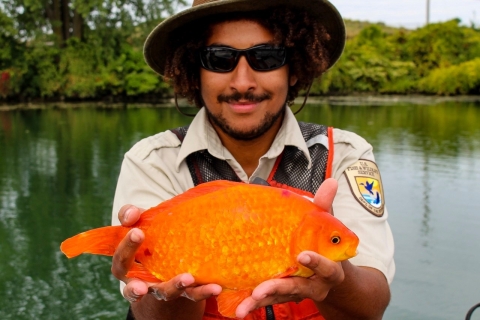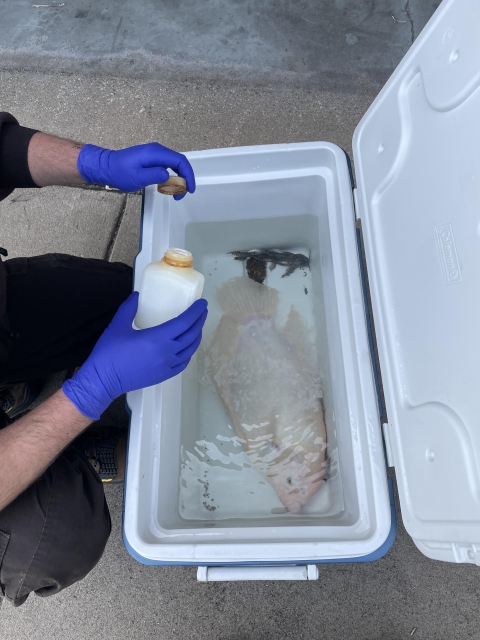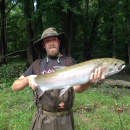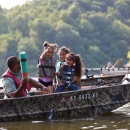Location
States
WisconsinA free alternative to releasing your fish into our environment
The La Crosse Fish Health Center offers a free and humane option for euthanizing fish that can no longer be cared for. By choosing this method, you help prevent the introduction of aquarium fish into our rivers and lakes, which is crucial for maintaining healthy ecosystems and protecting against invasive species invasive species
An invasive species is any plant or animal that has spread or been introduced into a new area where they are, or could, cause harm to the environment, economy, or human, animal, or plant health. Their unwelcome presence can destroy ecosystems and cost millions of dollars.
Learn more about invasive species . This service is available to the surrounding La Crosse area.
Reasons to Avoid Releasing Aquarium Fish into Local Rivers and Streams
- Legal Consequences: Releasing pet fish is against the law.
- Invasive Species Risk: Pet fish can become invasive when introduced to the wild and threaten native fish populations. For example, goldfish are considered invasive where they have been released and can grow to the size of a football.
- Pathogen Transmission: Released fish may carry diseases that can lead to outbreaks, significantly harming native fish and wildlife populations.
Survival Challenges: Many aquarium fish are tropical species that cannot endure freshwater conditions or survive harsh winters, such as those in Wisconsin.
.
.
.
We only accept fish.
Species we do NOT accept:
- Turtles
- Amphibians
- Reptiles
- Crustaceans
- Snails
- Mammals
- Birds
- Anything else that is not a fish
Make an appointment:
To make an appointment please contact Isaac Standish at sirisaac_standish@fws.gov








